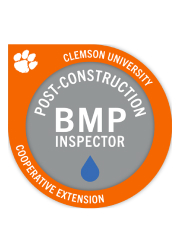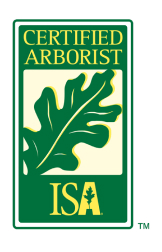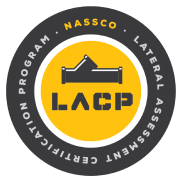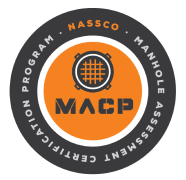Native Landscaping
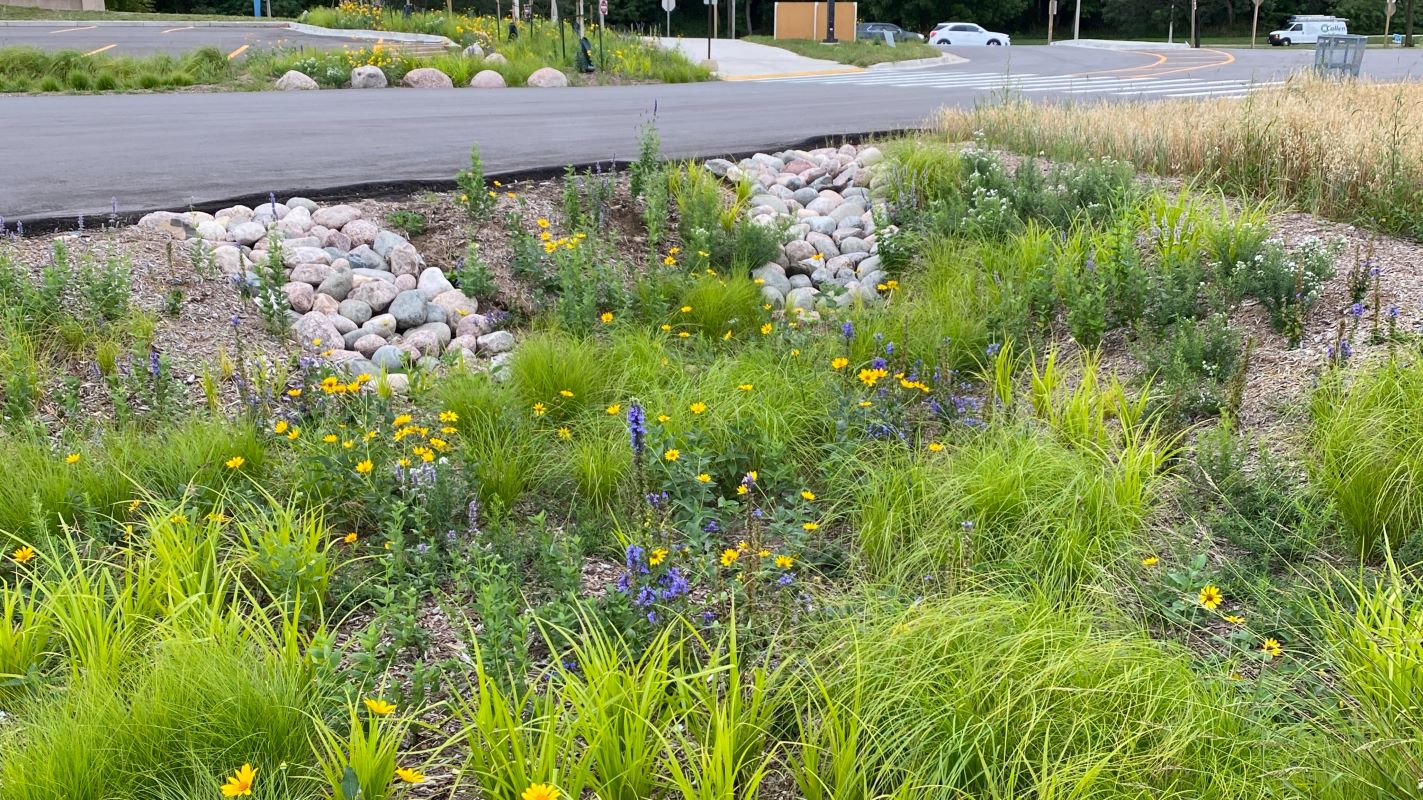
What is Native Landscaping
Native Landscaping refers to the design and use of plants native to the site location as a long-term sustainable solution to manage rainwater and stormwater runoff. Native plants and grasses develop a deep root system, breaking up the soil and allowing more water to infiltrate. The native vegetation is proven and often best equipped to maintain a desired longevity based on location. This infiltration and uptake of water where it lands reduces potential flooding events and simply keeps runoff out of the continued downstream drainages.
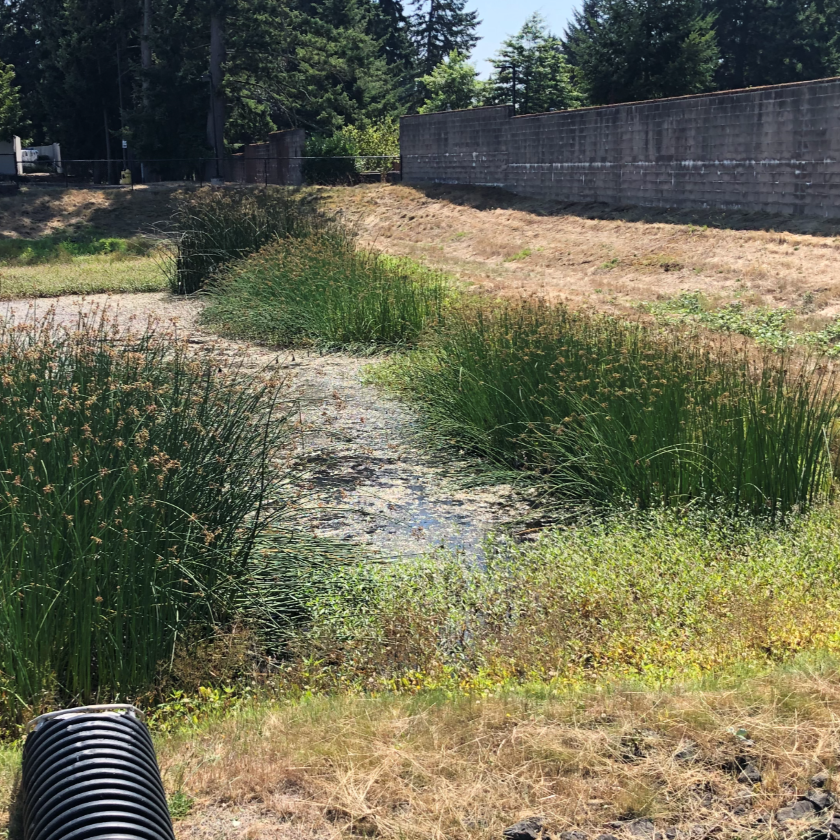
Native Landscaping Uses
Native landscaping is considered a low maintenance alternative, as upkeep does not require irrigation, or regular mowing once established. Using native plants reduces the need for pesticides and fertilizers, but initial and long-term weeding are necessary to remove any invasive species. Native plants promote biodiversity, strengthening the soil and creating a resilient ecosystem that can withstand harsh conditions.
At AQUALIS we approach each site with sustainability-based solutions to plan, design and maintain native landscaping for your Green Infrastructure Plan. By understanding the existing site conditions, we can implement cost effective drainage designs with native plants that enhance the environment.
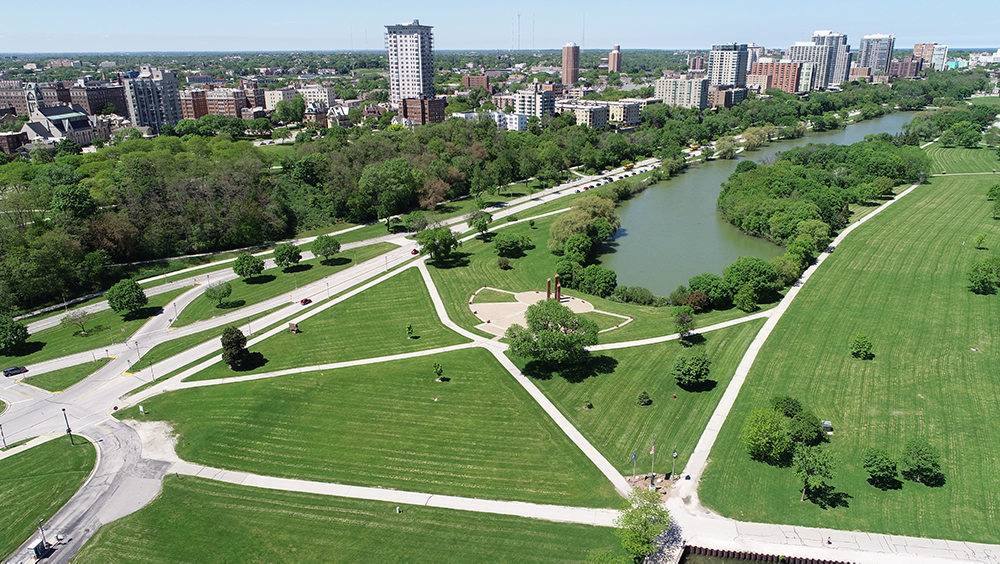
This green infrastructure provides 190,775 gallons of storage per storm and reduced sediment loading to Lake Michigan by 1,500 pounds annually.
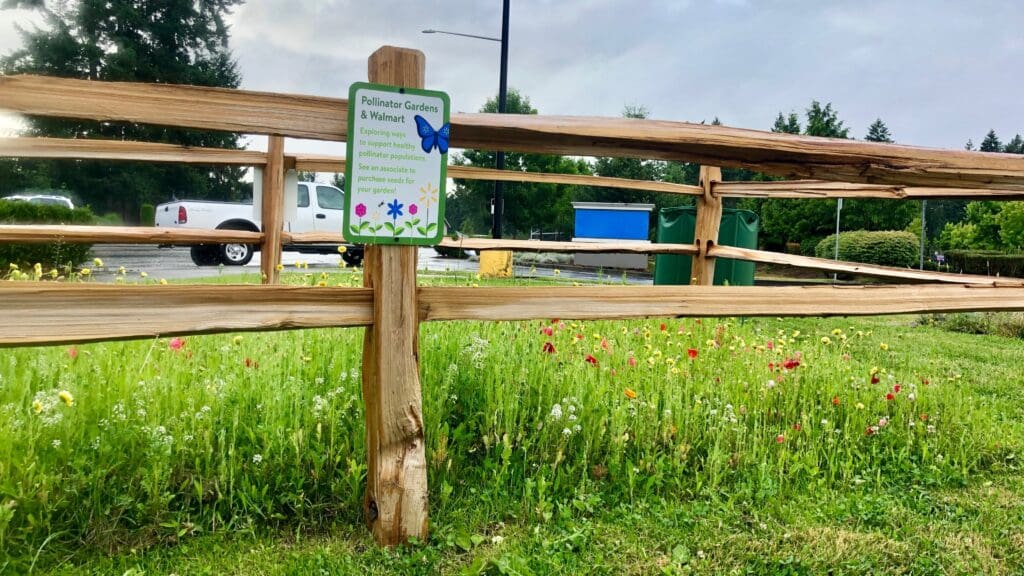
Discuss the economics of green infrastructure, considering how we assign value to green infrastructure assets, and how we quantify this value.
Native Landscaping Benefits
Native landscaping enhances green spaces with biodiversity while keeping sites aesthetically appealing. Utilizing native plants reduces required maintenance and discourages invasive species. Native landscaping minimizes the risk of flooding or standing water by catching and absorbing rainwater where it lands. This type of planting also provides a habitat for insects, birds and pollinators, including bees and butterflies.
Green Infrastructure that utilizes native landscaping:
- Bioretention Cells and Swales
- Rain Gardens
- Green Roofs
- Constructed Wetlands
- Riparian Habitats
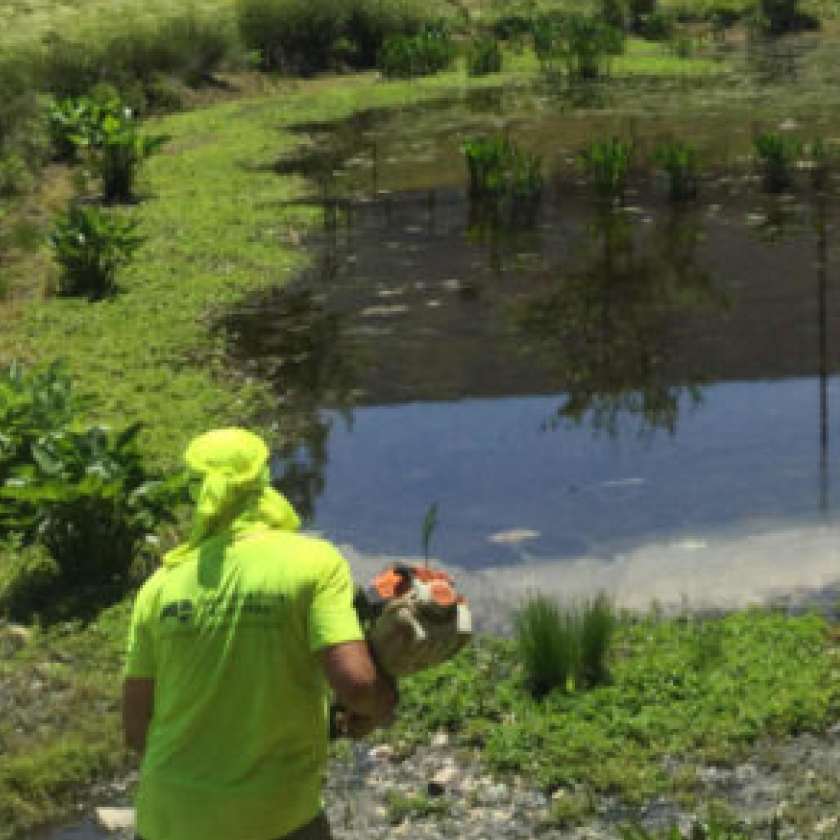
Properly Managing Stormwater
AQUALIS provides native landscaping implementation and restoration beginning with a thorough site assessment to analyze existing conditions. Utilizing hydrologic calculations, our Engineering Services Division can best understand the water flow and movement before and after implementation. Working directly with local regulators, AQUALIS will ensure your project complies with local and federal regulations while securing funding. Following best practices, regular inspections and testing and developing a long-term Operations and maintenance agreement ensures your native landscaping project properly manages stormwater for years to come.
Additional Green Infrastructure
An alternative stormwater control measure that closely emulates a naturally occurring wetland therefore improving our water bodies.
A vegetated channeled depression or trench that captures and infiltrates stormwater runoff before it enters a stormwater drainage system.
A type of bioretention that is best suited for smaller sites to treat stormwater runoff.
Zones located along river banks that provide important habitats for wildlife, limit erosion and help to mitigate flooding events.
An alternative to traditional asphalt or concrete, permeable or porous pavement materials are designed to allow water flow around them into a stone media, or through the pavement.
An alternative to traditional roofs, green roofs incorporate areas traditionally underutilized for stormwater management, through capture, storage and evapotranspiration of stormwater.
Media filtration systems used to treat stormwater runoff and improve water quality
Applied to improve soil performance, increase water absorption to allow vegetation to develop a desirable deep and healthy root system, and mycorrhizal network development.
A series of bioretention step-pools designed atop a porous stone media bed, to convey, control and treat stormwater runoff while protecting site soils from erosion.
An operation and maintenance plan details the necessary training, management, budgeting and maintenance requirements to successfully operate GSI, vegetation and stormwater systems.
Implementing Green Infrastructure- Milwaukee, Wisc.
The stormwater runoff from the newly acquired maintenance building drained to the combined sewer without properly treating the stormwater runoff prior to discharging to Lake Michigan. Removing the discharge from the combined sewer and draining it directly to Lake Michigan aids to reduction in combined sewer overflows. Treating the stormwater also improves water quality in the lake.
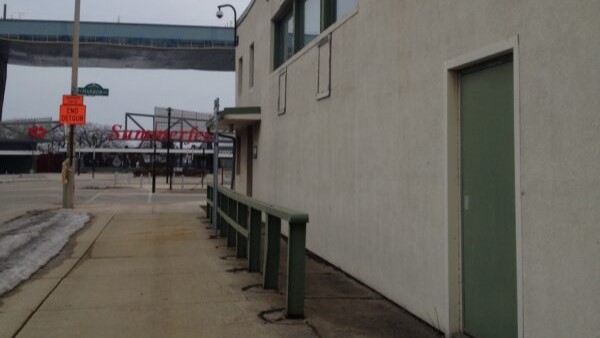

Did you receive an NOV? Have an urgent need? We can help.
Reach out to an AQUALIS representative today.





